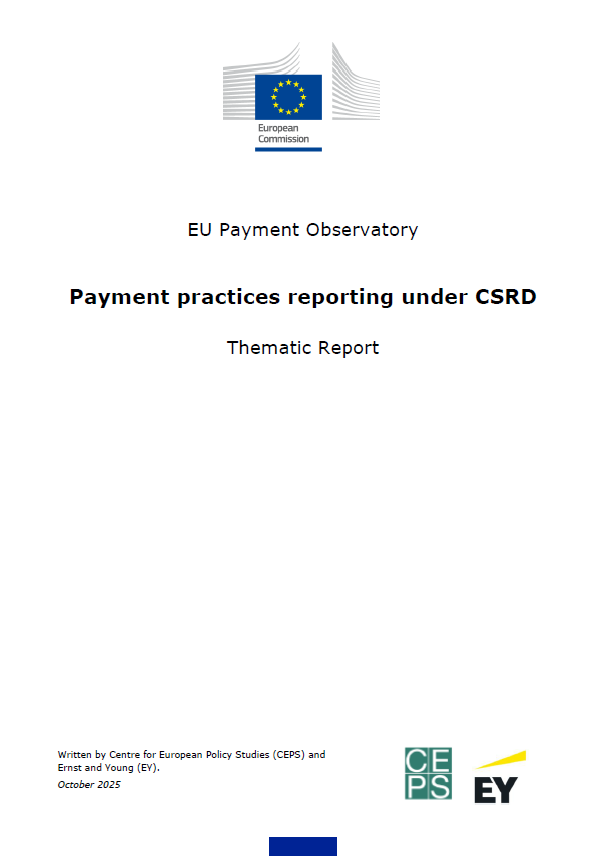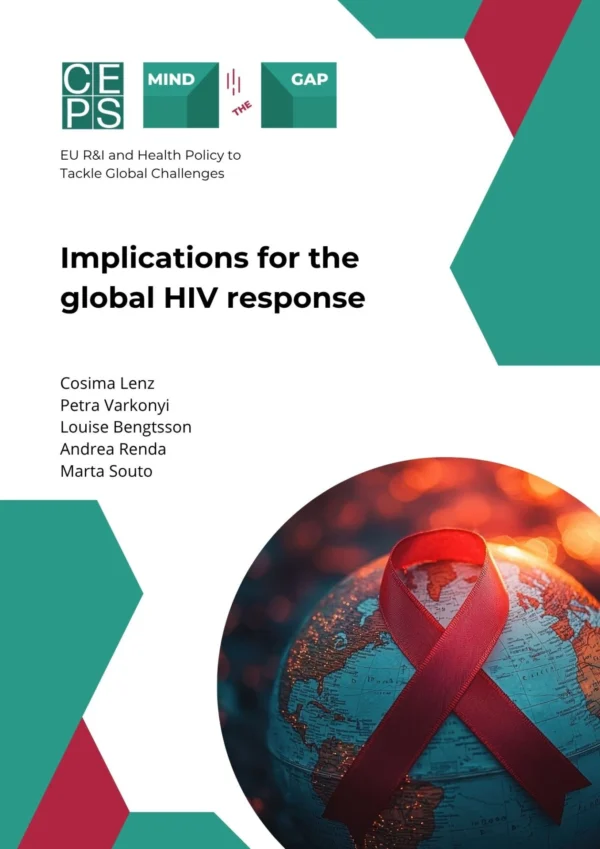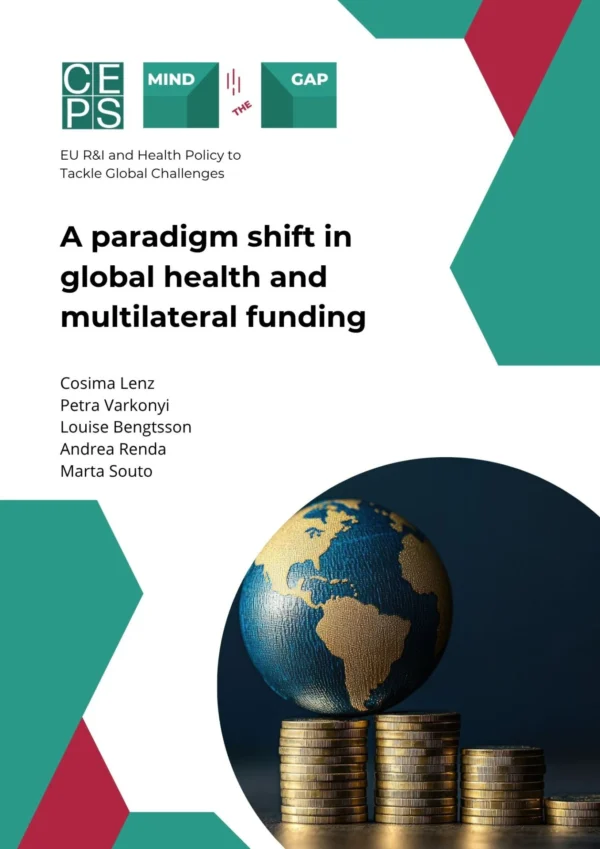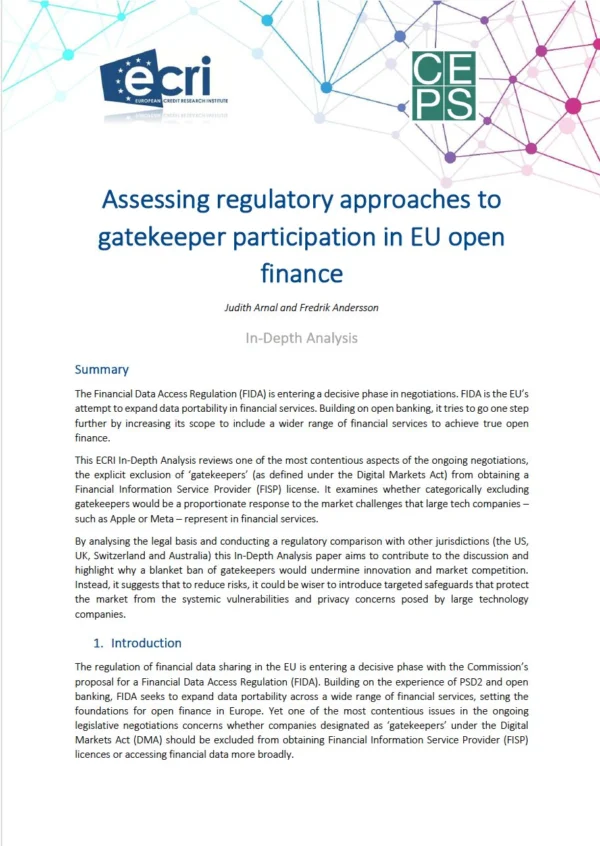This paper analyses the impact of long-term care on informal caregivers’ status in the labour market. It focuses on people’s perceptions that their labour activity is hindered partially or totally by their care-giving commitments. It uses the Eurostat ECHP dataset 1994-2001, which includes some questions specifically aimed to investigate whether people suffer care-giving constraints; this information allows us to overcome the endogeneity problem due to the double relationship between labour market participation and care-giving. The paper estimates the probability to be constrained according to a number of variables among the sample of caregivers, adjusting for sample selection through the Heckman 2-stage estimation procedure.
The authors’ estimates confirm some results of previous studies: the heaviest burdens – characterised by higher informal-care intensity and co-habitation with the assisted person – hamper the caregiver from participating in the labour market as desired. The probability to incur constraints increases by 0.9% for each additional hour of care-giving, starting from 15 hours of care. Providing care to adults who are not living in the same place reduces this probability by about 3%. Among workers, those in part-time jobs have a 17% higher probability of suffering constraints. Among those not working, housewives seem to perceive stronger constraints than the unemployed. Furthermore, for those providing care to both children and adults, the probability to be constrained is 15% higher. These results show a general picture which assumes different characteristics in different countries. The paper estimates the probability of being constrained for four countries (the Netherlands, Belgium, Italy and Spain), representative of the ‘quantitative’ clusters estimated by ANCIEN WP1. The main differences among these countries arise in how the gender gap emerges, the consequences of the double burden, and the place where the care is delivered (in the household or elsewhere).
All three authors are with the Italian National Institute of Statistics (Istituto nazionale di statistic – Istat), based in Rome.












